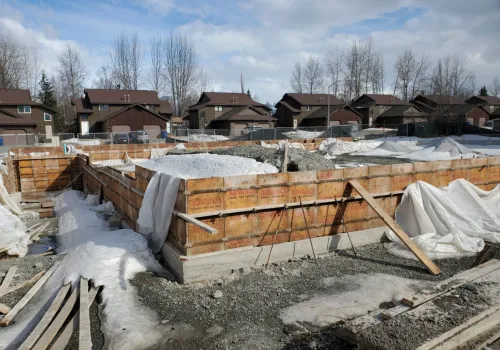
Alaska’s reliance on nonresident workers reached an all-time high in 2023, with the total number of nonresidents working in the state rising to 92,664. This accounted for 23.5% of the workforce, the highest percentage since 1995, according to a report from the Alaska Department of Labor and Workforce Development.
Increased demand for nonresident workers has extended across almost every sector, with significant jumps seen in construction, oil, and healthcare. Rob Kreiger, an economist at the department, pointed out that nonresident hiring in construction surged by 24%, largely driven by projects from the Infrastructure Investment and Jobs Act of 2021.
“Construction is project-based, making it a good fit for nonresident workers,” Kreiger said. The North Slope saw the most dramatic increase, with the nonresident workforce nearly tripling from 2022 to 2023.
The oil and gas industry also saw an increase in nonresident workers, with 37.4% of the workforce made up of nonresidents. Nonresident workers in the seafood processing industry, which has historically relied heavily on out-of-state labor, also saw an increase, reaching 82.8% of the workforce.

“Nonresident workers are crucial in helping to fill critical roles across many industries,” Kreiger noted. The healthcare sector, typically less reliant on nonresidents, also saw a slight increase, with 14.1% of healthcare workers in Alaska in 2023 being nonresidents.
Despite the increase in nonresident workers, state economists acknowledge that these trends may continue into 2024 as Alaska faces continued challenges with net outmigration and a decreasing population of working-age adults.
The state’s economy continues to depend on seasonal and project-based industries such as construction, oil, seafood processing, and tourism, which often require labor influxes from outside the state. Even sectors like local and state government are increasing their reliance on nonresidents, signaling broader trends affecting the Alaskan workforce.
Though nonresident workers now account for a significant portion of the workforce, the state’s need for skilled labor continues to grow. As economic uncertainties loom, particularly regarding federal infrastructure funding, the reliance on nonresident workers may become even more critical in 2024 and beyond.
Originally reported by Yereth Rosen in Newsbreak.